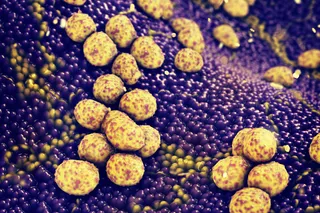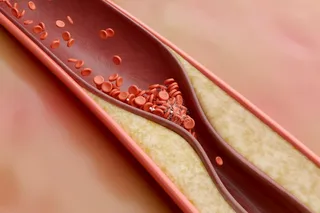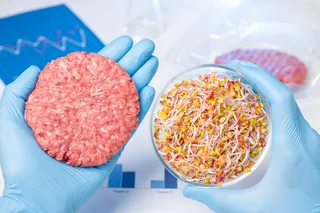Vitamin D deficiency and skin color are two biological topics I've focused on a lot. The latter may have a relationship to the former insofar as light skin is better at synthesizing Vitamin D at low radiation levels (i.e., at high latitudes). Additionally, some of the genes that are under recent natural selection (within the last 10,000 years), such as OCA2 & SLC24A5, are related to pigmentation (specifically, the lightening of skin or eye color). At my other blog I've reproduced some ethnographic data which shows deviation from expectation of skin color in various populations assuming that UV radiation is the independent variable (and generating the slope using the observed values of indigenous populations). It won't be a surprise to some of you that I suspect that perhaps Vitamin D deficiency due to a shift toward a high carbohydrate diet might have resulted in lighter skin emerging to compensate for ...
The common cold - it's a white thing?
Explore how Vitamin D deficiency impacts skin color evolution and respiratory infections in children, especially during winter months.
More on Discover
Stay Curious
SubscribeTo The Magazine
Save up to 40% off the cover price when you subscribe to Discover magazine.
Subscribe












